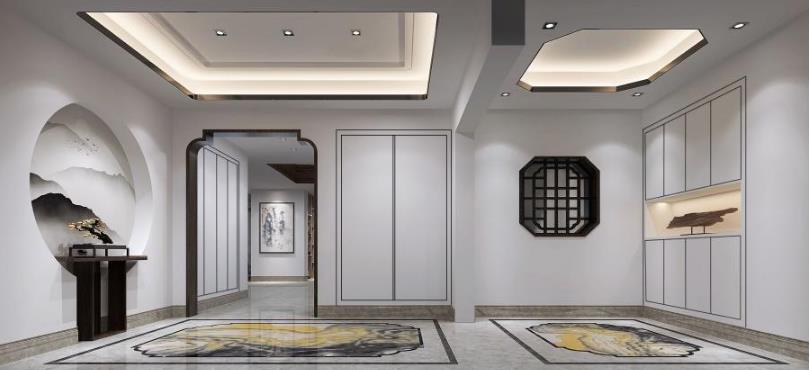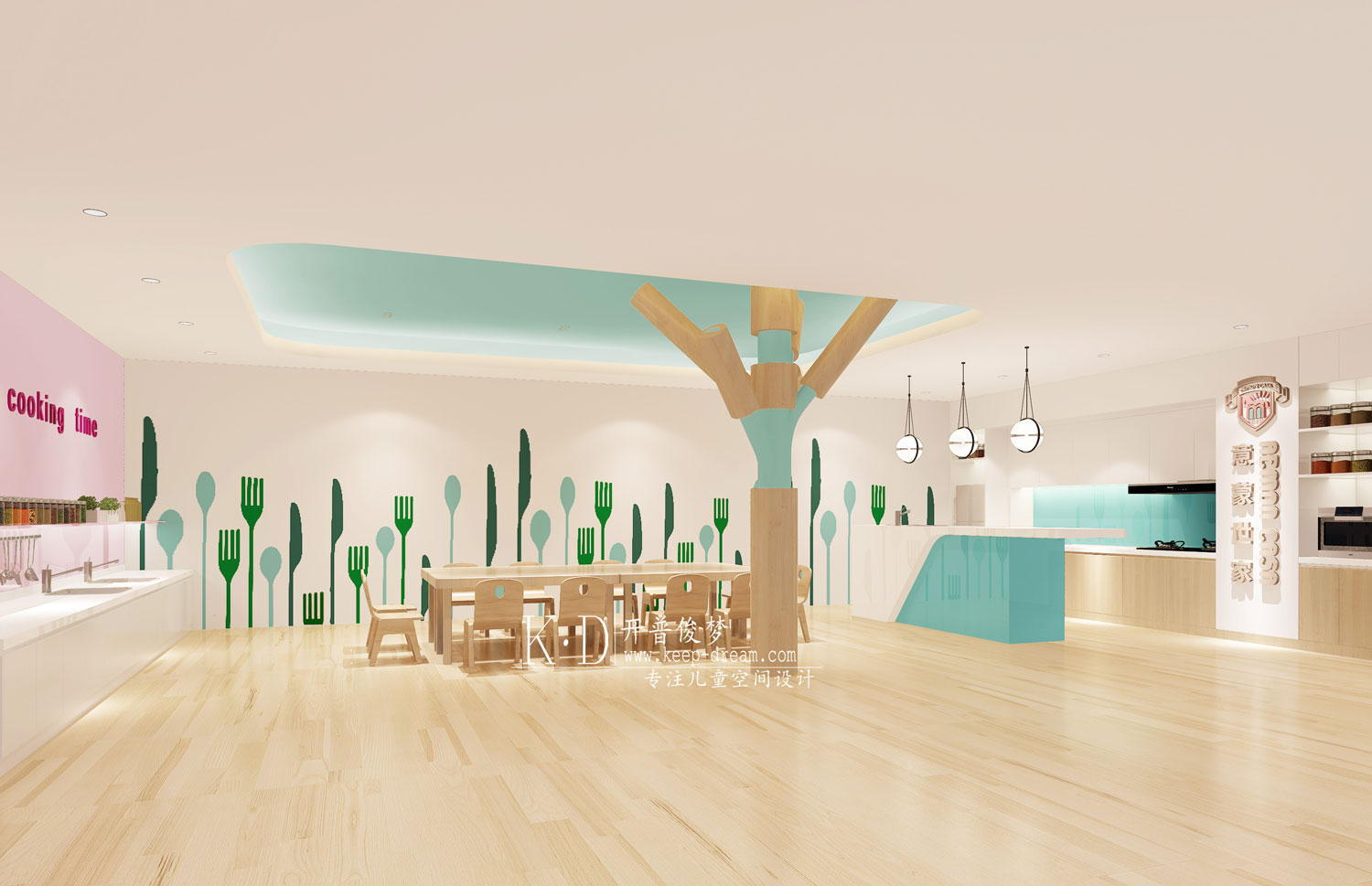Cluny House Neri-Hu Design and Research Office
2012-04-25 00:00
架构师提供的文本描述。在新加坡的私人住宅,上海的建筑公司neri
Text description provided by the architects. For a private residence in Singapore, Shanghai-based architecture firm Neri & Hu Design and Research Office pays homage to the client’s Chinese roots by taking cues from the Siheyuan courtyard house, a vernacular typology found in the northern regions of China. In essence, the courtyard house can be thought of as a spatialization of Chinese notions of domesticity.
它表达了边缘和核心之间的关系,将内部区域庆祝为家庭聚集的空间。它讲述了“自我”和“公共”之间复杂的关系,在空间上将公共和私人分层。它是多代生活固有的等级秩序的体现,是中国传统家庭结构所特有的。在尊重这些意识形态的同时,
It expresses the relationship between periphery and core, celebrating the inner zone as a space for the family to gather. It speaks to the complex relationships between the “self” and the “communal,” layering public and private in a spatial procession. It is an embodiment of hierarchical order inherent in multi-generational living, unique to the traditional Chinese family structure. While respecting these ideologies, Neri & Hu offer a fresh reinterpretation of this traditional typology in order to contextualize the project, situated in a tropical climate and needing to accommodate four families across three generations.
Rather than simply adopt the rudimentary formation of a courtyard house, Neri & Hu have evolved it from a blockish mass into two elegant “L” shaped volumes which begin to open up the inner courtyard to the lush nature that surrounds. Continuity between exterior and interior, a typical feature of tropical living, is taken literally here. Lifting the private living quarters off the ground, the ground surface across the site is expressed as a monolithic base which flows seamlessly from inside to outside.
一楼的透明玻璃让景观渗透到室内,而生活空间开始蔓延到花园和游泳池,实质上是“占有”和“索取”外部。一条蜿蜒的散步路径环绕着这片土地,让人们畅通无阻地看到了整个酒店的景色,而水的特征则让建筑不可避免地融入了周围的景观之中。实际上,整片土地都被占领了,整个土地变成了“家”。
The transparent glazing of the first floor allows the landscape to penetrate into the interior while living spaces begin to spill out into gardens and pools and in essence “occupy” and “claim” the outside. A meandering strolling path encircling the site produces uninhibited views across the property, while water features stitch the building inextricably into the surrounding landscape. In effect, the entire stretch of land is here occupied; the whole site becomes “home.”
房子里物质的分层和重叠是强化连续性概念的一个关键策略,从不间断的石英岩地面平面到玻璃封闭的公共区域,再到上面的木质私人空间。覆盖在第二层卧室的橡木百叶窗都是可操作的,可以让13间卧室的个别居民在气候和视觉上调整他们与外界的联系程度。
The layering and overlapping of materiality in the house is a key strategy in reinforcing the notion of continuity, from the uninterrupted vals quartzite ground plane with glass enclosed public areas to the wood-clad private spaces above. The ebonized teak louvers enveloping the bedrooms on the second level are all operable to allow individual inhabitants of each of the thirteen bedrooms to adjust the degree of their connection to the outside, both climatically and visually.
在卧室的走廊一侧,在白橡树上额外的穿孔木屏风可以折叠并折叠起来,使建筑物的深度完全开放。双高度空间开始揭示物质上不同层次的地层,同时鼓励个人和公共领域之间的互动。模糊了内部/外部、土地/房屋、私人/公共、内里的界限
On the corridor side of the bedrooms, additional perforated wood screens in white oak can fold and be tucked away, allowing full openness across the depth of the building. Double-height spaces begin to reveal the strata of the materially distinct layers, while at the same time encouraging interaction between personal and communal realms. Blurring the boundaries of inside/outside, land/house, private/public, Neri & Hu’s design for this 2,888 square meter house is a series of complex spatial conditions which respond to the intricate nature of inhabitation, tradition, family, and domesticity.
 举报
举报
别默默的看了,快登录帮我评论一下吧!:)
注册
登录
更多评论
相关文章
-

描边风设计中,最容易犯的8种问题分析
2018年走过了四分之一,LOGO设计趋势也清晰了LOGO设计
-

描边风设计中,最容易犯的8种问题分析
2018年走过了四分之一,LOGO设计趋势也清晰了LOGO设计
-

描边风设计中,最容易犯的8种问题分析
2018年走过了四分之一,LOGO设计趋势也清晰了LOGO设计


































































